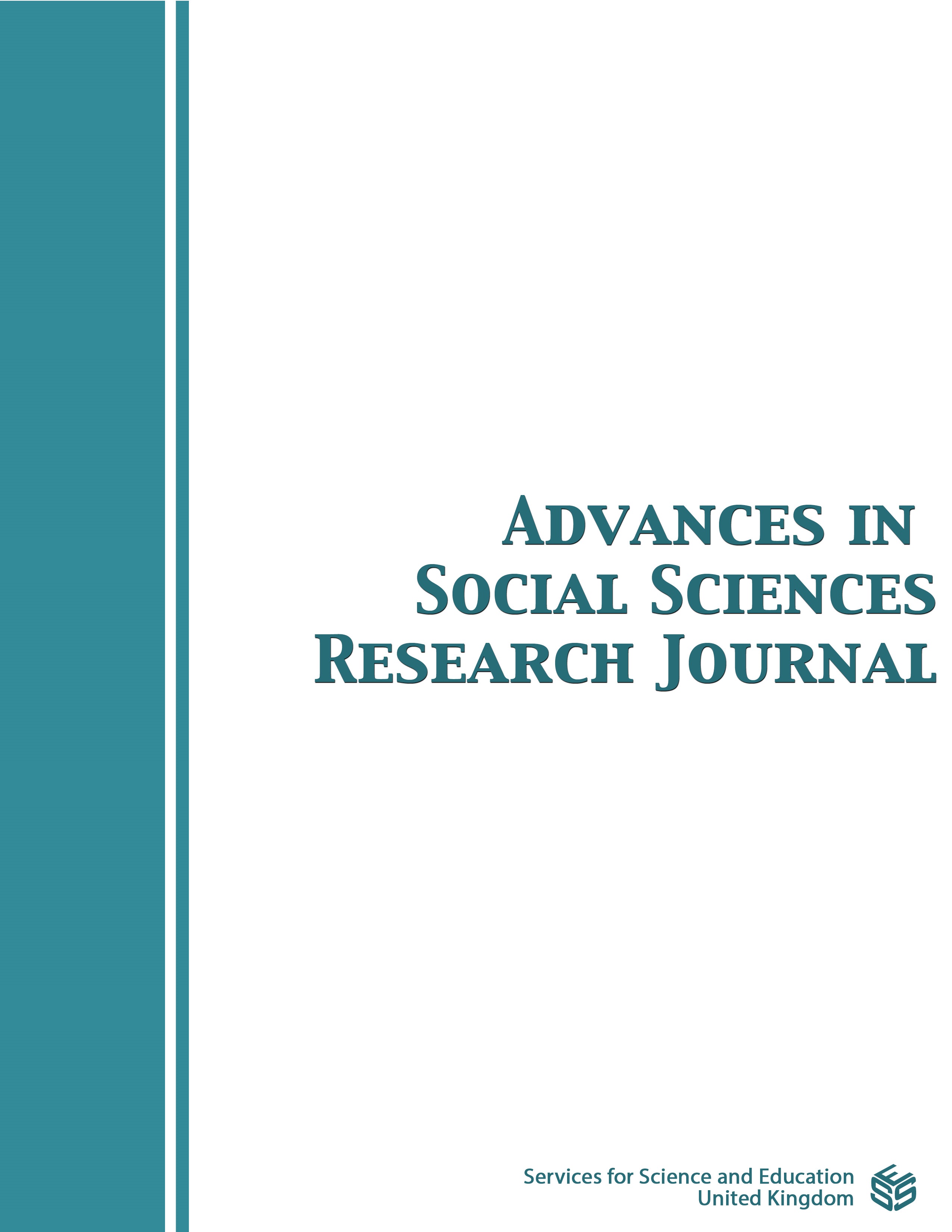Saudi University Students’ Perceptions towards Language Learning via Blackboard During Covid-19 Pandemic: A Case Study of Department of Languages and Translation, Taibah University, Al-Ula Campus
DOI:
https://doi.org/10.14738/assrj.911.12730Abstract
This study investigates the use of Blackboard in teaching and learning English as a foreign language at the Department of Languages and Translation, Faculty of Science and Arts, Taibah University (TU) in Al-Ula, Saudi Arabia. It aims to investigate the efficiency of using Blackboard in EFL. The study tries to answer the following questions: What are the effects of using Blackboard in teaching and learning English as a foreign language on the development of language skills? What are the attitudes of EFL learners toward using Blackboard at Saudi EFL colleges? The descriptive research design used a quantitative instrument to accomplish the study's objectives; a survey questionnaire was used to investigate the attitudes of EFL BA college students towards the use of Blackboard in EFL. The findings of the study help educators assess the efficiency of using Blackboard in teaching English. The results show that students have a positive attitude towards Blackboard but still face difficulties adapting to online learning.
References
Kaid Mohammed Ali, Jamal,(2017) Blackboard as a Motivator for Saudi EFL Students: A Psycholinguistic Study. International Journal of English Linguistics; Vol. 7, No. 5
Anas, A. (2020). Perceptions of Saudi Students to Blended Learning Environments at the University of Basha, Saudi Arabia. Arab World English Journal (AWEJ) Special Issue on CALL (6). 261-277. DOI: https://dx.doi.org/10.24093/awej/call6.17
Al-Mashaqba, N.J. (2017). Use of Blackboard Collaborate at Qassim University: Evaluating Teachers’ Perceptions.
Al Meajel, T., & Sharadgah, T. (2017). Barriers to using the Blackboard system in teaching and learning: Faculty perceptions. Tech Know Learn, 23, 351–366. DOI: https://doi.org/10.1007/s10758-017-9323-2
Badia Muntazer Hakim (2020). EFL Teachers’ Perceptions and Experiences on Incorporating Blackboard Applications in the Learning Process with Modular System at ELI. King Abdulaziz University, Jeddah, Saudi Arabia. International Journal of Innovation, Creativity and Change. www.ijicc.net Volume 12, Issue 2, 2020
Creswell, J. W. (2012). Qualitative inquiry & research design: Choosing among five approaches (4th ed.). Thousand Oaks, CA: Sage.
El-Sway, H.E. (2018). Flipping EFL University Classes with Blackboard System. English Language Teaching, 11, 31.
Fageeh, A., & Mekheimer, M. (2013). Effects of Blackboard on EFL academic writing and attitudes. JALT CALL Journal, 9(2), 169-196. DOI: 10.29140/jaltcall.v9n2.154
Hussein Alsowayegh, Najat and Jameel Bardesi, Hisham and Ibrahim, Garba and Sipra, Muhammad(2019) Engaging Students Through Blended Learning Activities to Augment Listening and Speaking. Arab World English Journal (AWEJ) Special Issue on CALL Number 5. July 2019., Available at SSRN: https://ssrn.com/abstract=3431776
Mohammed Ali Mohsen. (2014). EFL Teachers' Perceptions on Blackboard Applications. Najran University. Canadian Center of Science and Education. ISSN 1916-4742
Mohammed, Nimairy Mohammed Omer. (2019) "The Effectiveness of Using Blackboard Learning Management System on EFL Learners' Performance: A Case Study of University Students, Taif University, Kingdom of Saudi Arabia". International Journal of Science, Engineering and Technology Research (IJSETR) Volume 8, Issue 9, ISSN: 2278 -7798
Pusuluri, S., Mahasneh, A., & Alsayer, B.A. (2017). The Application of Blackboard in the English Courses at Al Jouf University: Perceptions of Students. Theory and Practice in Language Studies, 7, 106-111.
Zawaidy, H.A. (2014). Using Blackboard in Online Learning at Saudi Universities: Faculty Member's Perceptions and Existing Obstacles. International Interdisciplinary Journal of Education, 3, 45-154.
Downloads
Published
How to Cite
Issue
Section
License
Copyright (c) 2022 Abdulrahman Mokbel Mahyoub Hezam, Rian Abdulrahman Moqbel Mahyoub

This work is licensed under a Creative Commons Attribution 4.0 International License.
Authors wishing to include figures, tables, or text passages that have already been published elsewhere are required to obtain permission from the copyright owner(s) for both the print and online format and to include evidence that such permission has been granted when submitting their papers. Any material received without such evidence will be assumed to originate from the authors.






